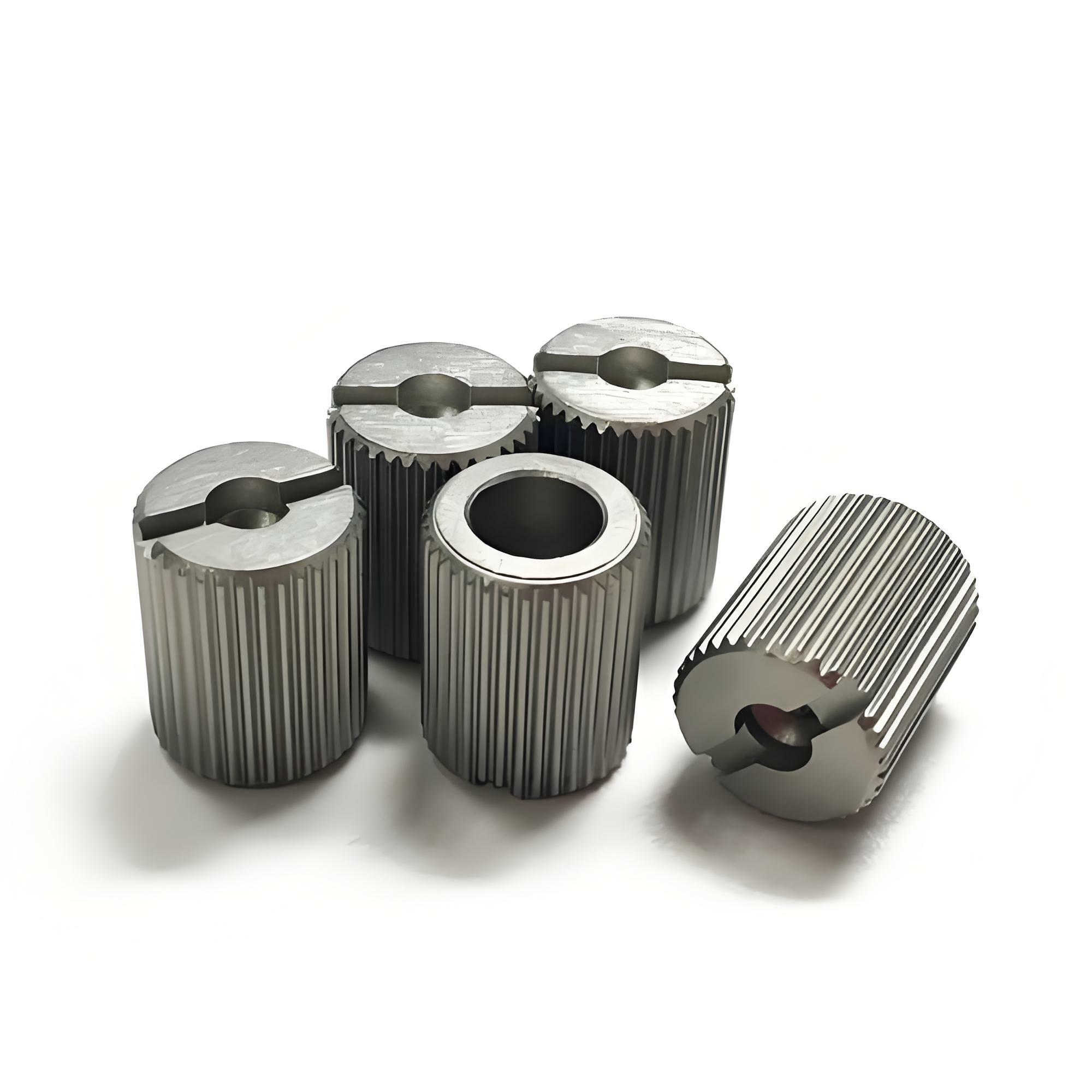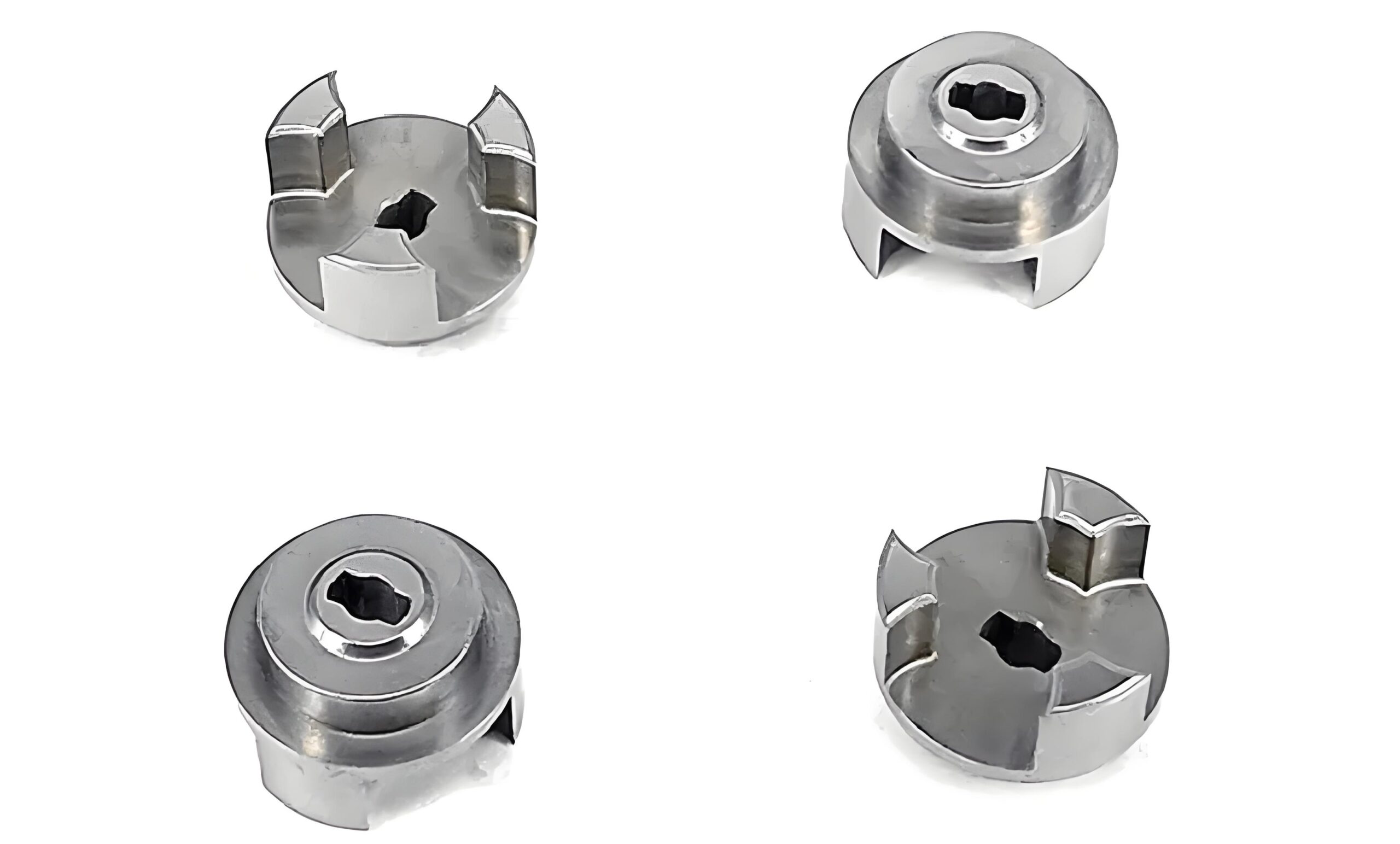Introduction
Powder metallurgy (PM) is a versatile manufacturing process known for producing complex shapes with high precision and superior material properties. This article delves into five key applications of powder metallurgy, emphasizing its advantages and specific use cases in the automotive, aerospace, medical, electronics, and industrial machinery sectors.
Automotive Industry
Engine Components
Manufacturing Efficiency
Powder metallurgy is extensively used to produce engine components such as connecting rods, gears, and bearings. The process ensures high production efficiency and consistency, which are crucial for automotive manufacturing.
Enhanced Performance
PM components exhibit excellent mechanical properties, including high strength and wear resistance, essential for the demanding conditions within an engine.
Transmission Parts
Precision and Durability
Transmission parts made using powder metallurgy benefit from the process’s precision, resulting in highly durable components that improve the overall reliability and performance of the vehicle’s transmission system.
Cost-Effectiveness
The ability to produce complex shapes with minimal material waste makes PM a cost-effective solution for manufacturing transmission parts.

Aerospace Industry
Structural Components
Lightweight Materials
In the aerospace industry, the need for lightweight yet strong materials is paramount. Powder metallurgy allows for the use of advanced materials such as titanium alloys, providing the necessary strength-to-weight ratio for structural components.
High-Temperature Performance
PM components used in aerospace applications can withstand high temperatures and harsh environments, making them ideal for critical structural elements in aircraft and spacecraft.
Engine Parts
Precision Engineering
Aerospace engines require parts with precise dimensions and high tolerance levels. Powder metallurgy ensures the production of these high-precision components, contributing to the overall efficiency and performance of the engines.
Material Innovation
The ability to use innovative materials through powder metallurgy helps create engine parts that offer superior performance characteristics, such as improved fuel efficiency and reduced emissions.

Medical Industry
Implants and Prosthetics
Customization and Biocompatibility
Powder metallurgy is used to produce customized medical implants and prosthetics. The process allows for precise control over the material composition, ensuring biocompatibility and reducing the risk of rejection by the body.
Complex Geometries
The ability to create complex geometries through PM enables the production of implants and prosthetics that closely mimic the natural anatomy, improving patient outcomes.
Surgical Instruments
High Precision and Sterility
Surgical instruments manufactured using powder metallurgy benefit from high precision and excellent surface finishes, which are crucial for ensuring sterility and effectiveness during medical procedures.
Durability
PM surgical instruments are known for their durability and resistance to wear and corrosion, making them reliable tools for repeated use in medical settings.

Electronics Industry
Magnetic Components
High Performance
Powder metallurgy is used to manufacture magnetic components such as soft magnetic composites and permanent magnets. These components are essential for various electronic devices, offering high performance and efficiency.
Miniaturization
The PM process allows for the production of small, intricate magnetic components that are essential for the miniaturization of electronic devices, contributing to the development of more compact and efficient electronics.
Thermal Management
Heat Sinks
In electronics, effective thermal management is crucial for the performance and longevity of devices. Powder metallurgy is used to create heat sinks with high thermal conductivity, ensuring efficient heat dissipation.
Customized Solutions
The ability to produce customized thermal management solutions through PM allows for tailored designs that meet the specific needs of different electronic applications, enhancing overall device performance.

Industrial Machinery
Tooling and Dies
High Wear Resistance
Powder metallurgy is ideal for producing tooling and dies that require high wear resistance. The process allows for the use of hard materials that can withstand the demanding conditions of industrial manufacturing.
Precision and Consistency
The precision offered by PM ensures that tooling and dies have consistent dimensions and high-quality surface finishes, which are essential for maintaining the accuracy of industrial machinery.
Bearings and Filters
Porosity Control
PM is used to manufacture porous bearings and filters that benefit from controlled porosity levels. This control is crucial for applications that require specific flow rates and filtration efficiency.
Long Service Life
The durability of PM bearings and filters ensures a long service life, reducing the need for frequent replacements and maintenance in industrial machinery.

Conclusion
Powder metallurgy offers numerous advantages, including high precision, material efficiency, and the ability to produce complex geometries. Its applications across various industries—automotive, aerospace, medical, electronics, and industrial machinery—demonstrate its versatility and effectiveness in meeting diverse manufacturing needs. As technology advances, the scope of powder metallurgy is expected to expand further, offering even more innovative solutions for modern manufacturing challenges.



